Color differentiation Math Worksheets for Ages 6-8
4 filtered results
-
From - To
Explore color differentiation math worksheets designed for children ages 6-8, available at Kids Academy. These engaging activities enhance learning by combining color recognition with mathematical concepts. Perfect for developing keen observation and critical thinking, youngsters will enjoy interactive tasks that involve sorting, matching, and identifying patterns based on color. Each worksheet aims to solidify foundational math skills while keeping young learners excited and motivated. Suitable for classroom or at-home practice, these color differentiation worksheets foster creativity and logical reasoning. Unlock the vibrant world of math learning for your child today!
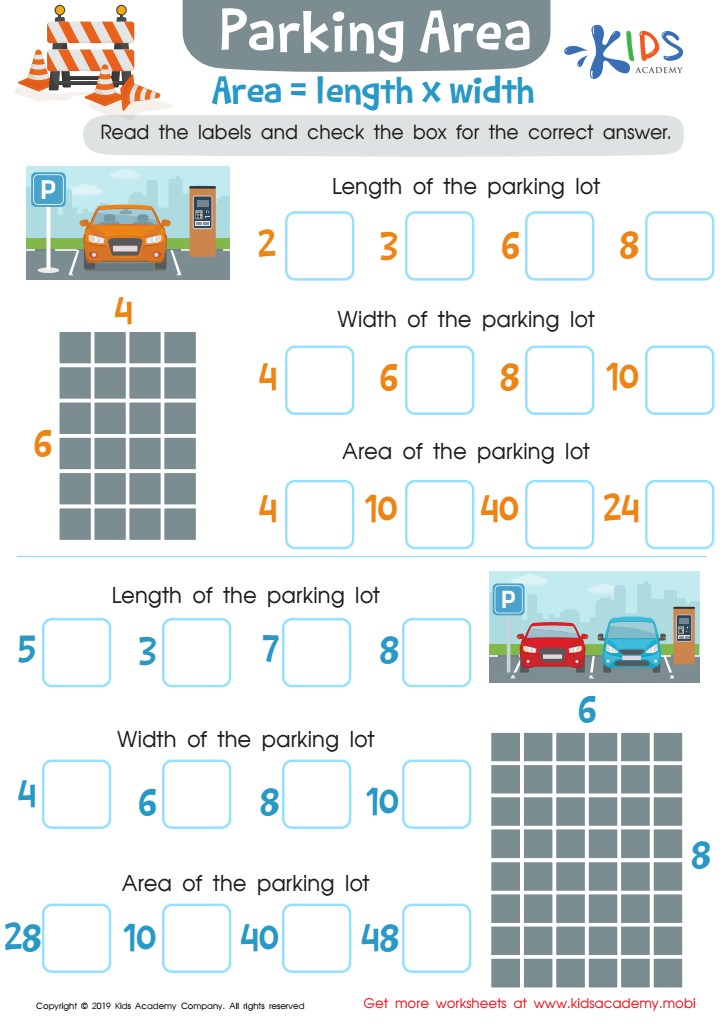

Parking Area Worksheet
Color differentiation math for ages 6-8 involves using colors to help young children learn and understand mathematical concepts. This approach is particularly beneficial for several reasons.
Firstly, at this stage, children are highly visual learners. Associating numbers, shapes, and quantities with different colors can make abstract ideas more concrete. For example, using a different color for each number can help children quickly recognize and memorize these numbers, aiding in their overall number sense.
Secondly, color differentiation makes learning more engaging and fun. Young children often have short attention spans, and colorful materials can capture their interest more effectively than plain, monochromatic ones. This engagement is critical for sustaining their focus and enthusiasm for learning.
Moreover, using colors can enhance a child's ability to sort and classify, which are foundational skills in both math and logical thinking. By linking colors with categorization tasks, children can practice these skills more intuitively.
Finally, color differentiation helps in visual discrimination, a key developmental skill. It aids them in quickly spotting differences and patterns within sets of numbers or objects, which is a precursor to more complex problem-solving tasks.
In summary, integrating color into math for young learners not only reinforces their understanding but also makes the learning process more enjoyable and accessible. Parents and teachers should care about this method as it builds a solid mathematical foundation through visually stimulating and interactive learning experiences.

 Assign to My Students
Assign to My Students

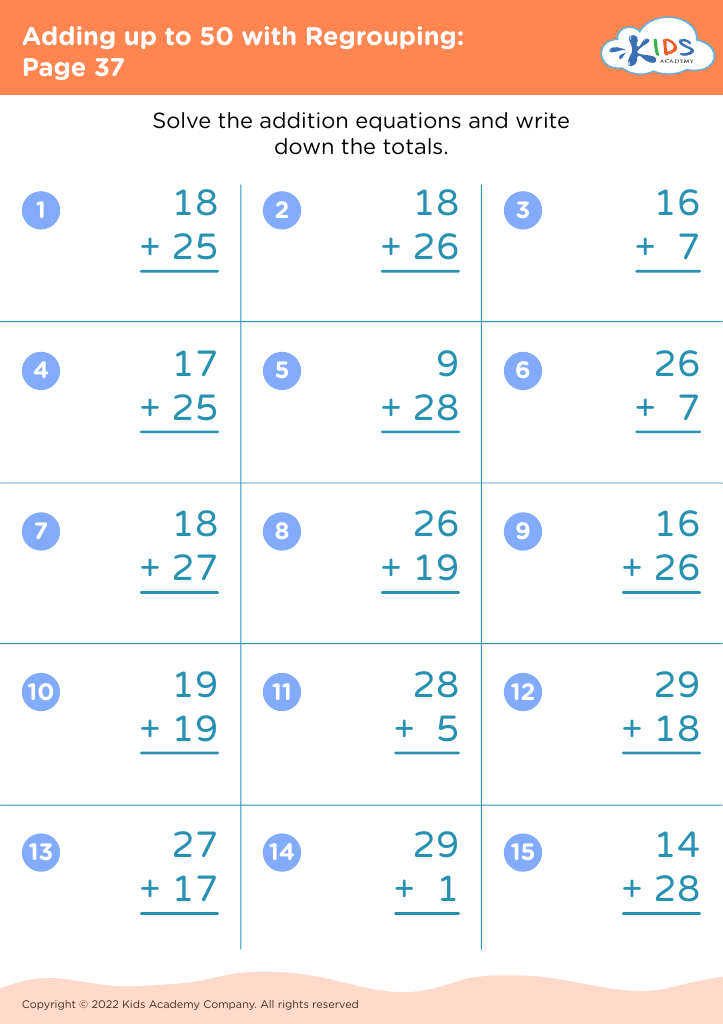
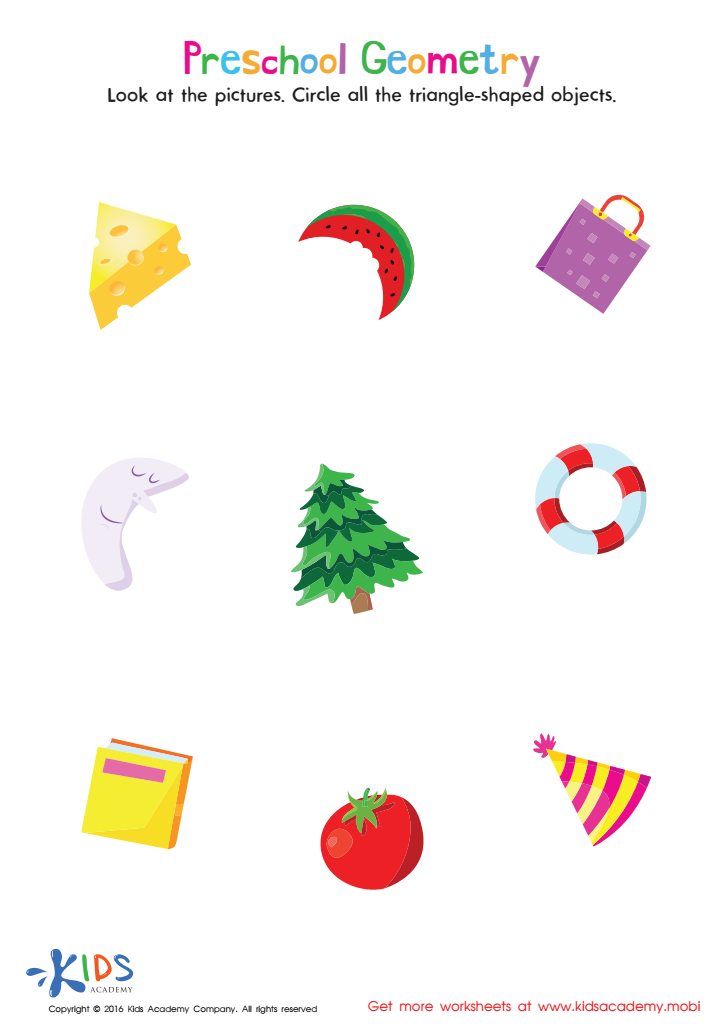
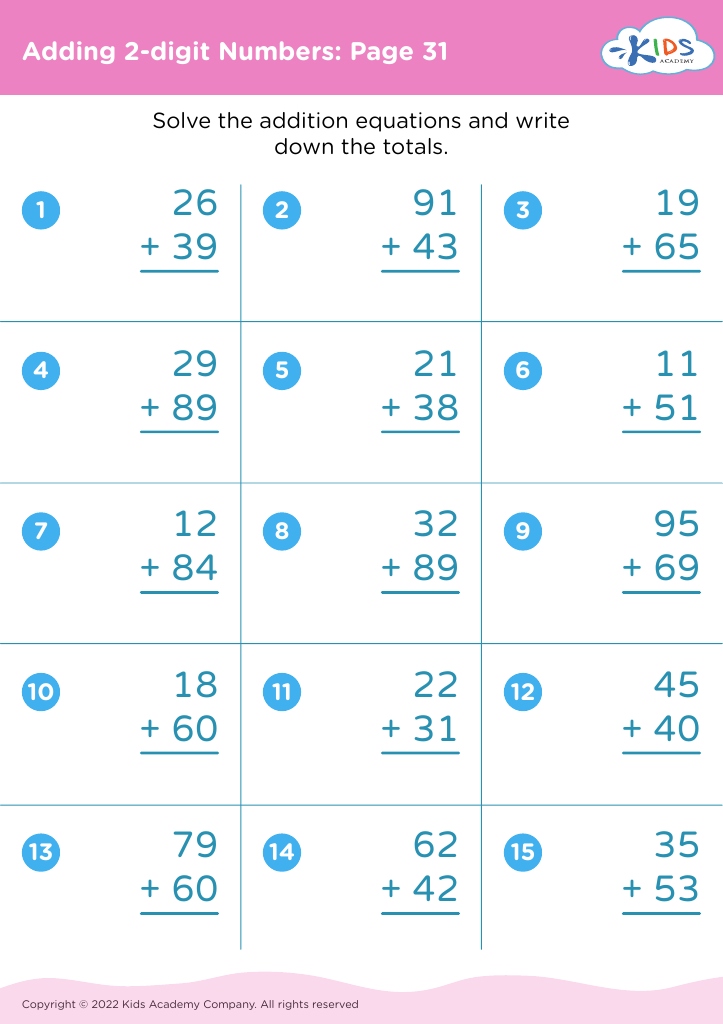



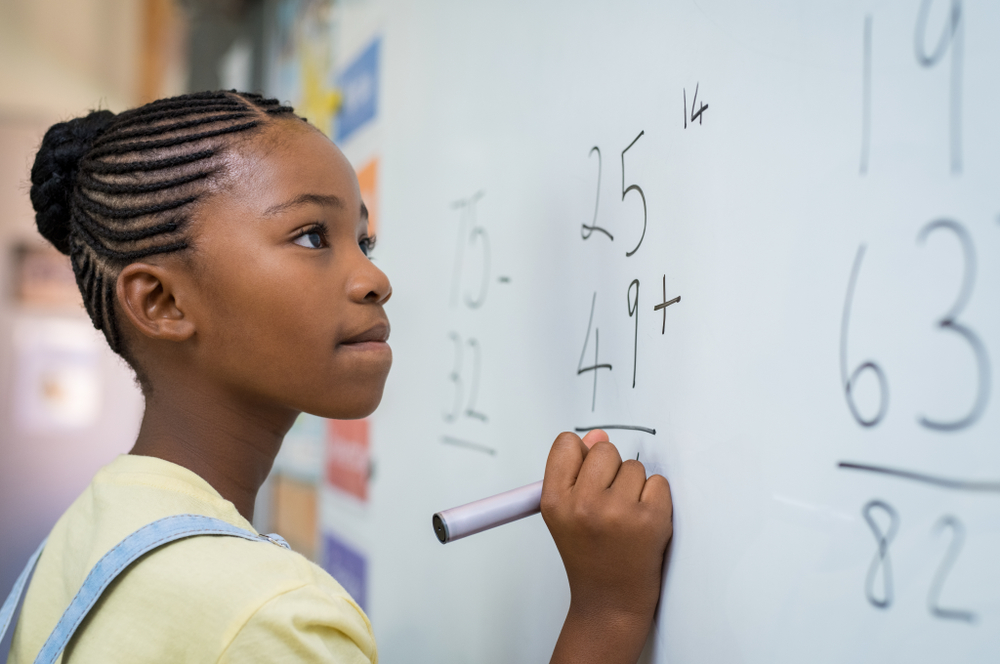

.jpg)














